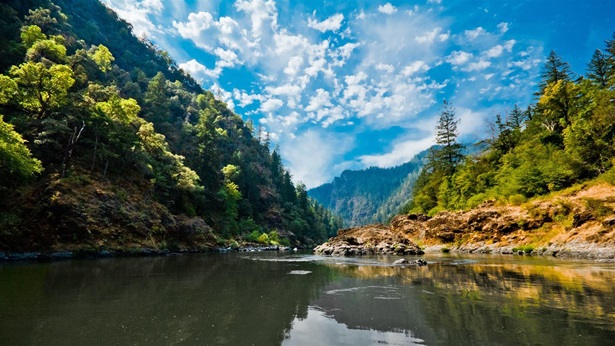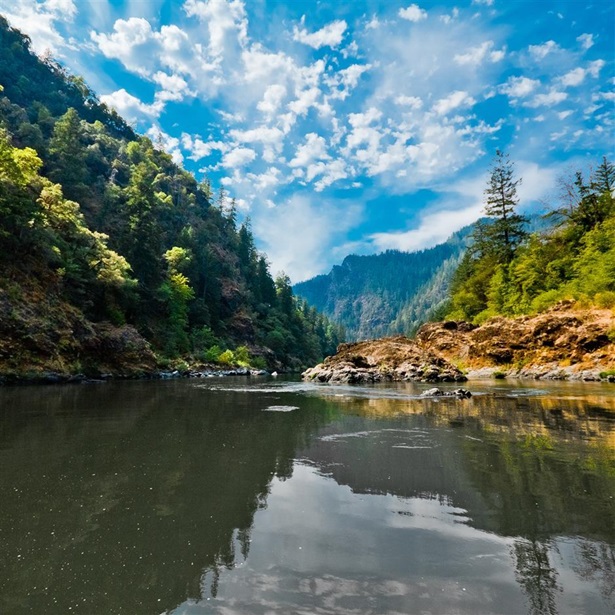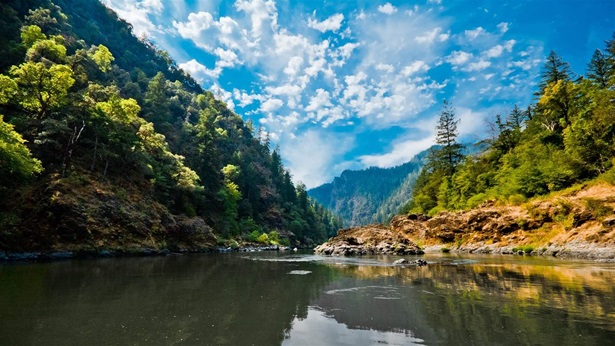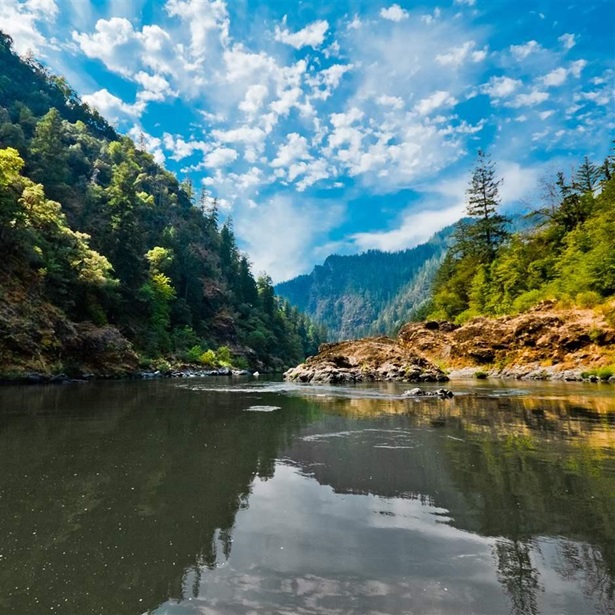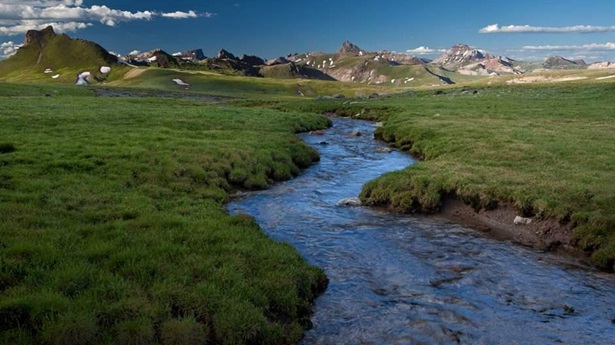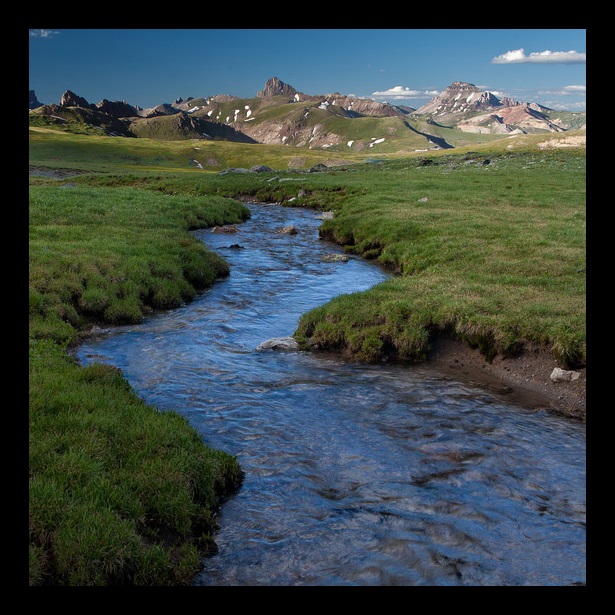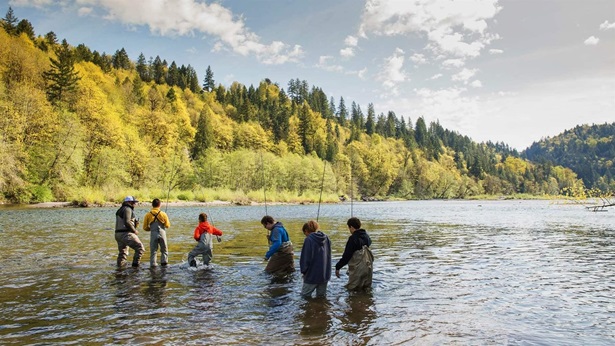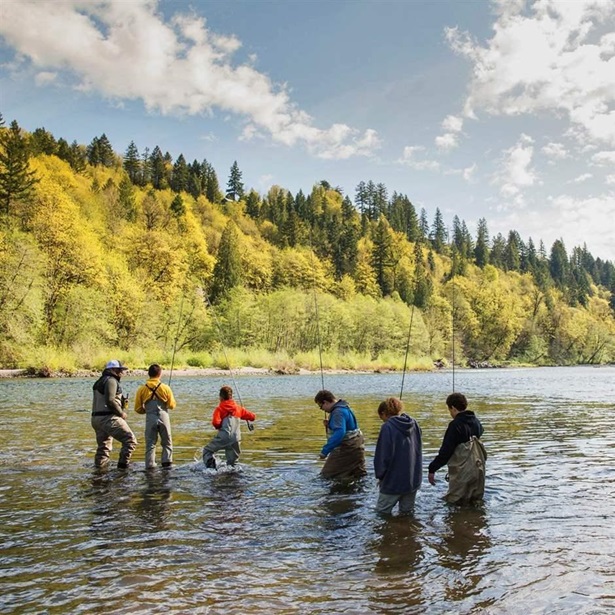The State of Western Rivers: Oregon
A deep dive into the health and future of vital waterways
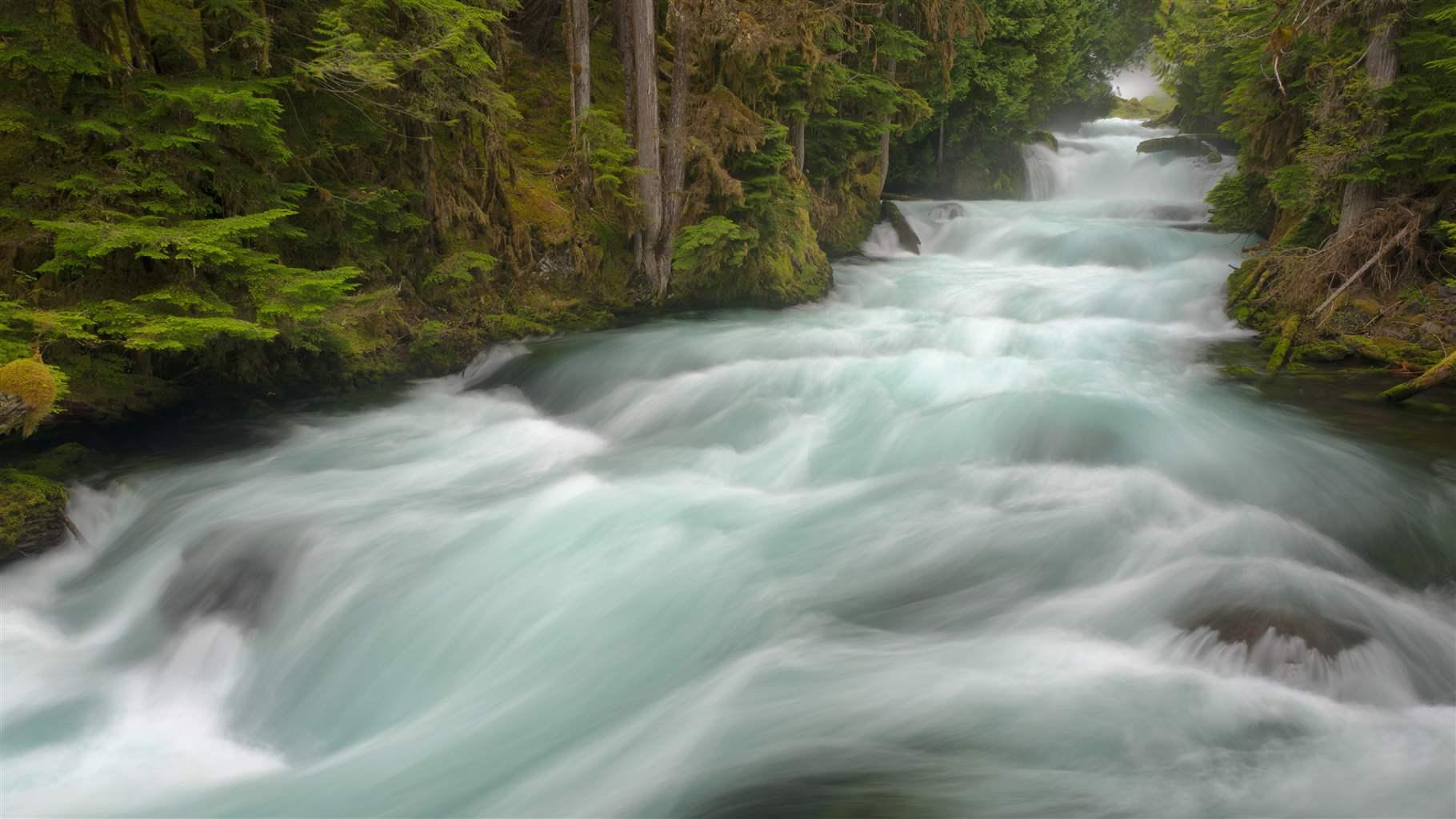
Healthy rivers are crucial for supporting biodiversity and providing clean drinking water and recreational opportunities. Yet in Oregon and across the West, rivers are under increasing threat as the climate warms, placing greater stress and demand on freshwater resources. Despite their immense value to people, wildlife, and ecosystems, few rivers and streams are safeguarded under federal or state law.
To support greater awareness of and protection for ecologically important rivers, The Pew Charitable Trusts commissioned Conservation Science Partners to assess the rivers in six Western states: California, Colorado, Nevada, New Mexico, Oregon, and Washington. The Oregon analysis found that tens of thousands of miles of waterways, including the Chetco and Minam rivers and Tumalo Creek, are worthy of preservation through state-level protections, federal wild and scenic designations, or other mechanisms because of their ecological, economic, and cultural importance.
